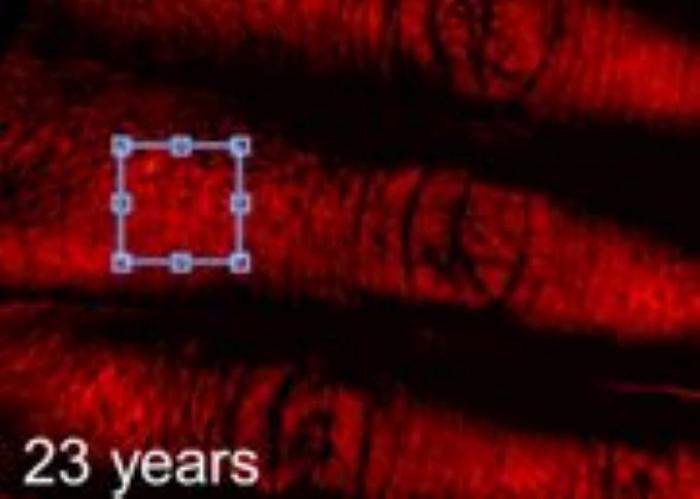When examined under polarized laser light, ageing skin looks noticeably different than younger skin, and this finding could pave the way for new, non-invasive light-based techniques to detect skin cancer in older individuals.
The new study indicates that the altered light scattering properties of ageing skin are largely due to changes in the skin’s texture, which are associated with the depletion of collagen fibres in the dermal layer.
The research was led by Igor Meglinski, Professor in Quantum Biophotonics & Biomedical Engineering and conducted under his guidance with Dr. Viktor Dremin from Aston University’s Institute of Photonic Technologies in Birmingham, England.
The researchers analyzed images of the middle fingers of 32 volunteers aged 22 to 76 to study skin aging. They also used a mathematical technique known as the Monte Carlo method to represent the effects of light circulation within the human skin. This information, when combined with the visual data from the images, enabled the researchers to draw conclusions about the optical properties of aging skin.
“Our research offers a comprehensive analysis of how aging affects human skin polarization properties. This could be a steppingstone to developing non-invasive, light-based techniques for early detection of skin conditions, including cancer, in the elderly,” Meglinski says in a news release.
The findings of the research could support the development of a method of skin analysis which doesn’t rely on the patient undergoing biopsies or surgery. In addition, it could provide instant assessments of age-related skin changes that can be extended to monitor changes associated with the development of diabetes and other conditions.
The paper will be published in the May 2024 edition of the Journal of Biomedical Optics.


